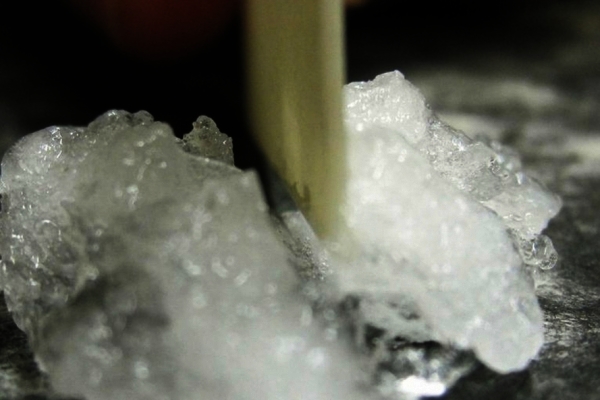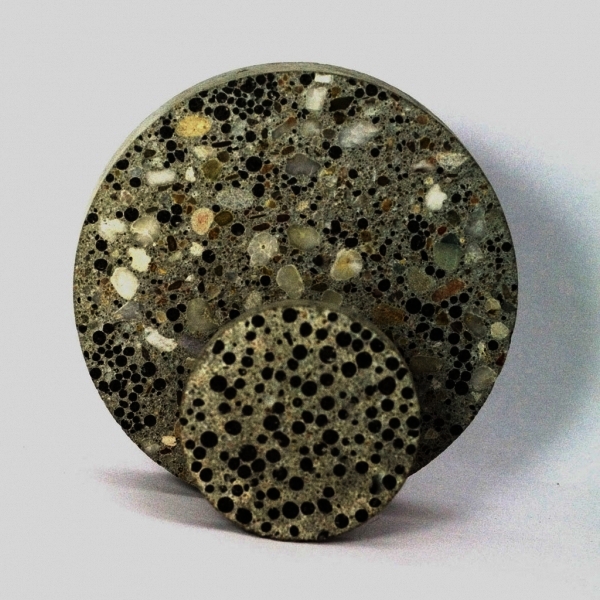Discover Resources by Tags: ceramic
 | Up a level |
Number of items: 3.
Aluminium nitride wafer
Shared with the World by Dr Zoe Laughlin
This thin fragile tile of ceramic material conducts the heat from your hand efficiently enough to cut through ice as if it were butter. Heat generated by the fingers is gathered from the two sides of the tile and conducted towards its edges, meaning that when an edge is placed against ice, the concentrated body heat melts the ice away. It is the speed of the conduction of heat that marks this ceramic out as a high performance material. If you hold it carefully between thumb and forefinger and then touch the edge onto you lip you will feel the rapid conduction of heat. Although the existence of this substance has been known of since 1862, it was not developed as a commercial product until the 1980s when its potential for use in electronics was recognised. Even then, early versions of this material were inconsistent. Although its performance has been greatly improved by technologists, its uses have thus far been fairly limited, largely to electronic and military applications, perhaps as a result of its high cost. Explore aluminium nitride wafer on the Institute of Making website: https://www.instituteofmaking.org.uk/materials-library/material/aluminium-nitride-wafer.
Shared with the World by Dr Zoe Laughlin

Self-healing concrete
Shared with the World by Dr Zoe Laughlin
In the future we may be surrounded by concrete structures, which are able to self-heal cracks in their structure, with special bacteria doing the job for us. Tiny cracks in concrete do not necessarily affect structural integrity in the short term, but they do allow water and other chemicals to seep into the structure, which may cause big problems over time. Self-healing concrete has dormant bacteria and a food source (starch) embedded in the concrete. When a crack appears in the concrete, water seeps in and reactivates the bacteria. After they awaken, the bacteria eat their packed lunch and then conveniently excrete calcite, which heals the crack. The bacteria can survive dormant in the material for 50 years. Explore self-healing concrete on the Institute of Making website: https://www.instituteofmaking.org.uk/materials-library/material/self-healing-concrete.
Shared with the World by Dr Zoe Laughlin

![[img]](https://open-education-repository.ucl.ac.uk//316/1.hassmallThumbnailVersion/95.main-600x400.jpg)

![[img]](https://open-education-repository.ucl.ac.uk//313/1.hassmallThumbnailVersion/060-600x600.jpg)

![[img]](https://open-education-repository.ucl.ac.uk//313/2.hassmallThumbnailVersion/062-600x400.jpg)


